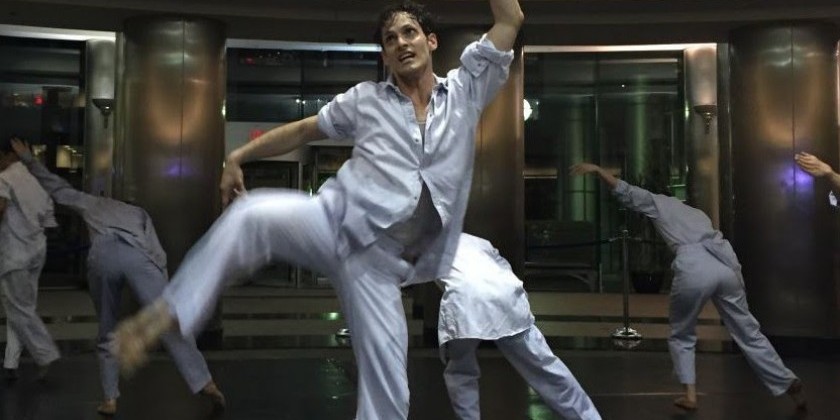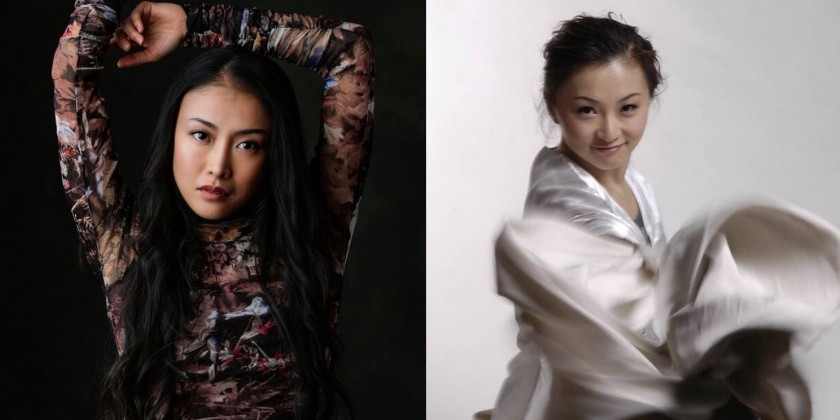James Sewell on "Titicut Follies: The Ballet" a ballet based on Fredrick Wiseman's 1967 Documentary on the Criminally Insane

Choreography by James Sewell; Danced by the James Sewell Ballet Music by Lenny Pickett
The World Premiere of Titicut Follies: The Ballet
Friday, April 27- Sunday, April 30
NYU Skirball for the Performing Arts, 566 LaGuardia Pl, New York, NY
Wiseman’s landmark documentary, shot in a Massachusetts prison for the criminally insane, provides a close and candid look at the lives of psychotic people, many of whom committed serious crimes. As with the film, the ballet is organized around an inmate and staff variety show called “Titicut Follies.” The ballet is not a literal presentation of scenes from the film but rather an expression of the ideas and feeling of the film, transformed into the language of ballet.

Sammi Lim for The Dance Enthusiast: What about Wiseman’s documentary stuck out the most for you? For me it was a rather random detail: How the doctors (with rotten teeth) rarely stopped puffing on their cigarettes during patient consultations.
James Sewell, Artistic Director and Founder of James Sewell Ballet: For me, it was the scene where a stark naked man is stomping around and pacing back-and-forth in his cell. Obviously a long-standing ritual which reminded me of the polar bear in the old Central Park Zoo, habitually paced back-and-forth and rubbing its head on the bars of the cage, wearing grooves into his skull.
TDE: Have there been challenges converting a B&W film to a ‘Technicolor’ stage?
JS: The monochrome feeling of the film inspired the stage setting bringing everything to a washed out sepia tone. We then decided to bring colors into the scenes that involve a memory, fantasy or outside people coming into their world.

TDE: Rehearsals aside, what have you asked of your dancers to prepare for their parts? Was a visit to Bridgewater Institute in store?
JS: I did some work in a prison last year and was able to bring some dancers with me to one of the sessions there. We were also working with a drop-in shelter for adults with mental illness. These contacts definitely influenced people's resonance with their own characters. They all did their own groundwork on their characters as well.
TDE: Do you hope that after watching your ballet, audiences will have takeaways about institutionalization?
JS: The piece is in reaction to the state of affairs in 1967 when the movie was made. In some ways, things have changed and in others, not as much as we would hope. The hope then is that people will ask these questions for themselves. The intent is to prompt questions rather than to provide answers or opinions.

TDE: Picture yourself in prison with ample time on your hands; is it too obvious an assumption that you would while away the minutes choreographing new works?
JS: I have actually thought about that and think that I would indeed find ways to keep my brain active by creating dances, at least in my head if not physically. I would also meditate a lot.
TDE: The Dance Enthusiast is a huge proponent of audience reviews. What are your sentiments on feedback?
JS: I would welcome feedback from the audience and look forward to some meaningful dialogues.












